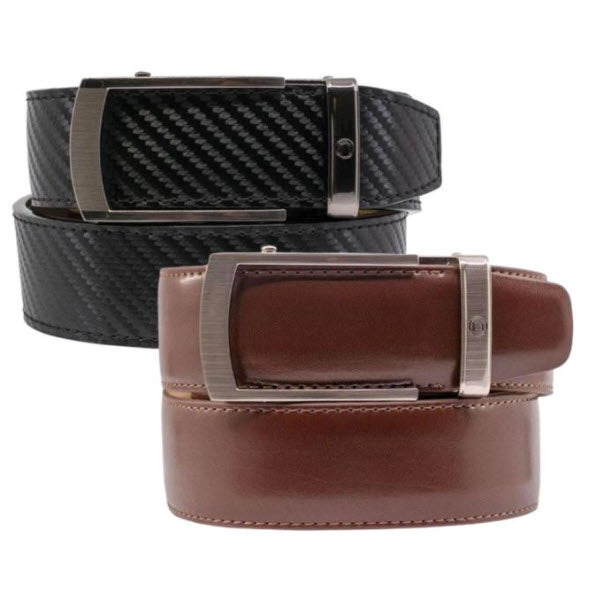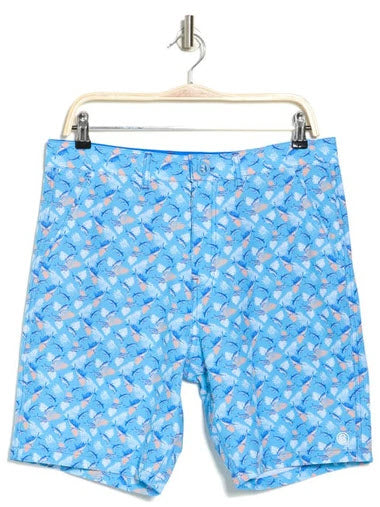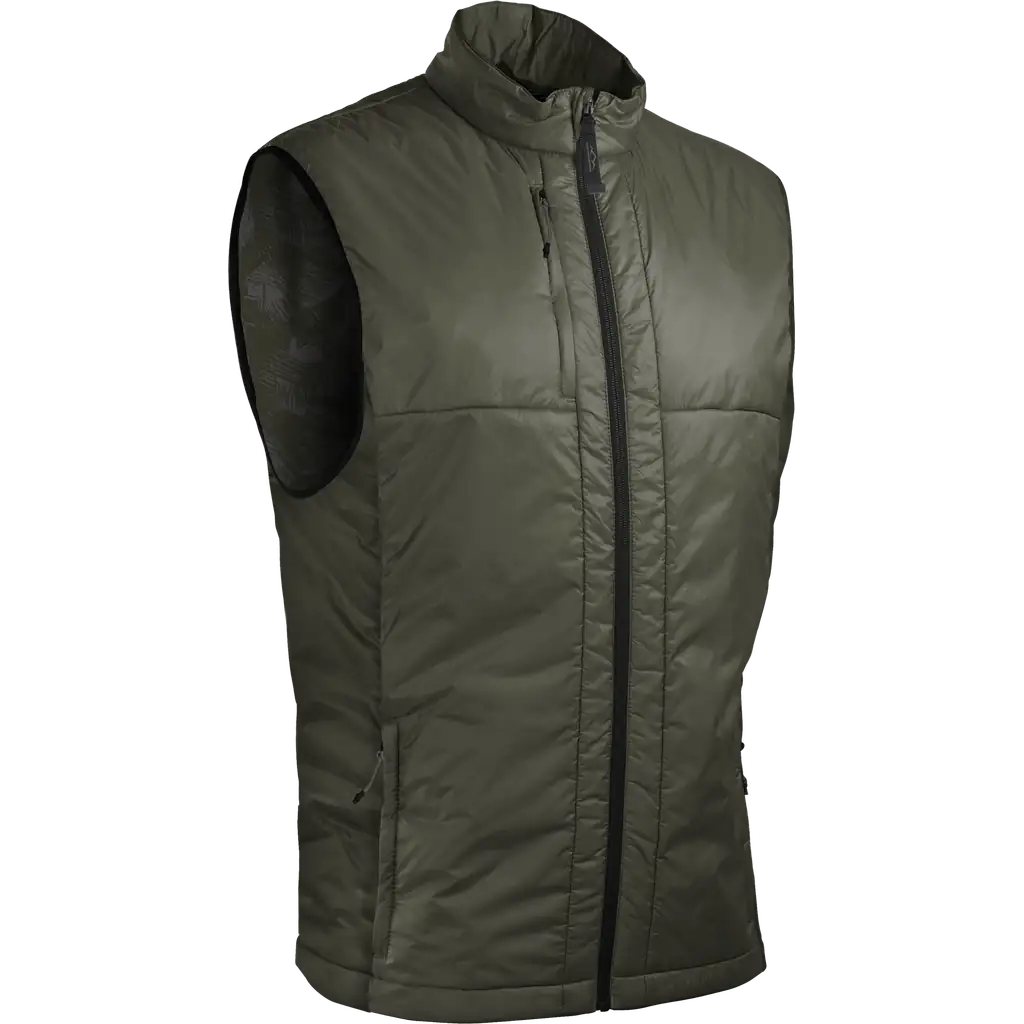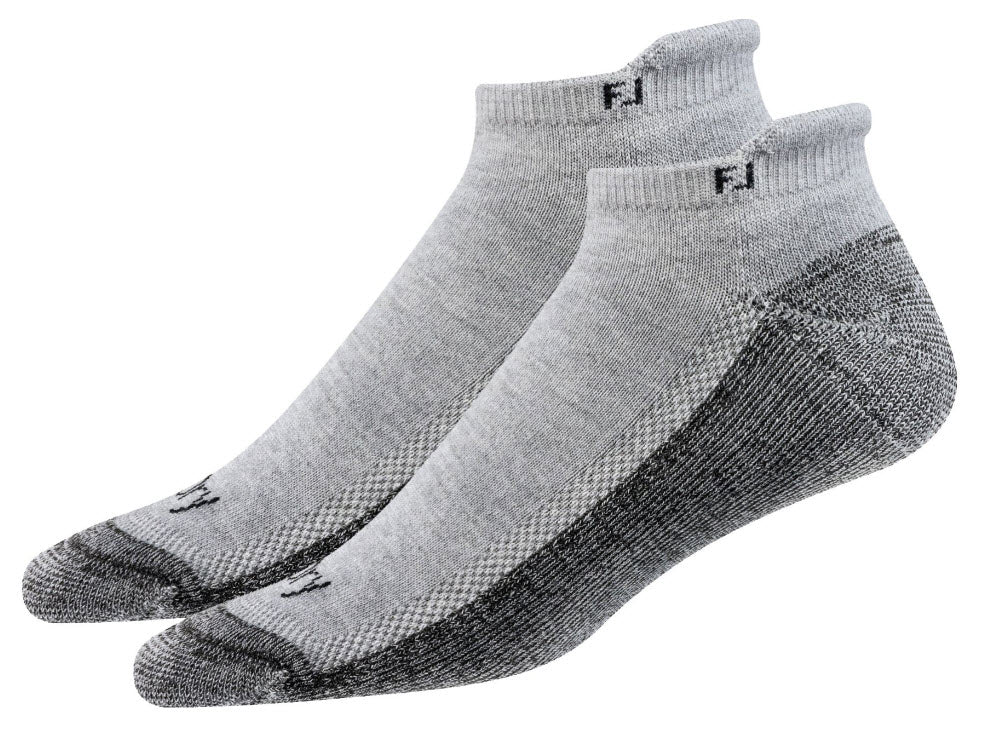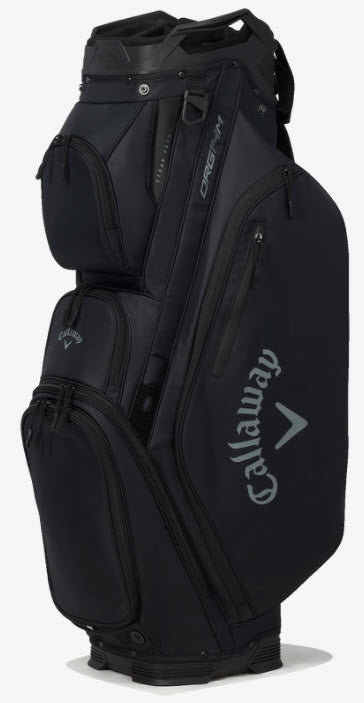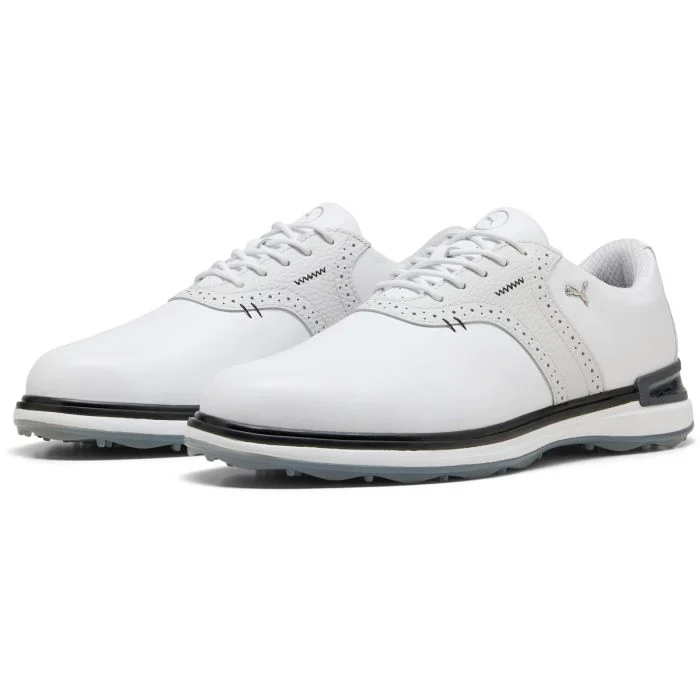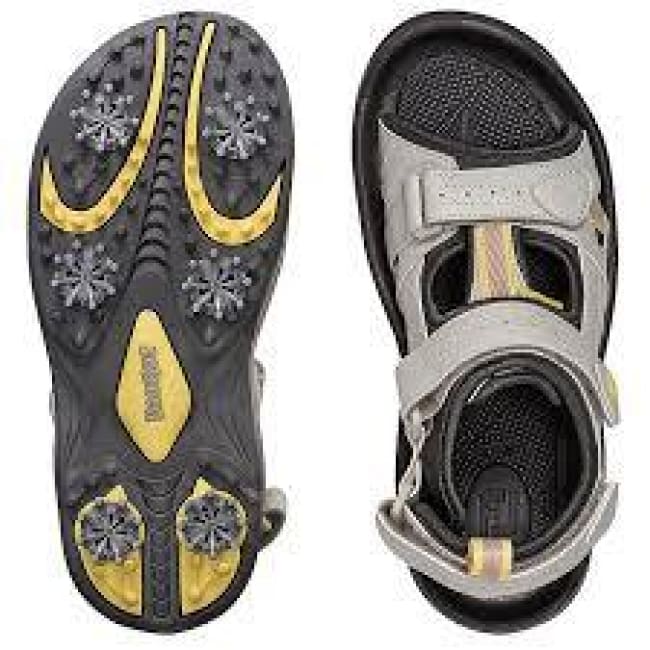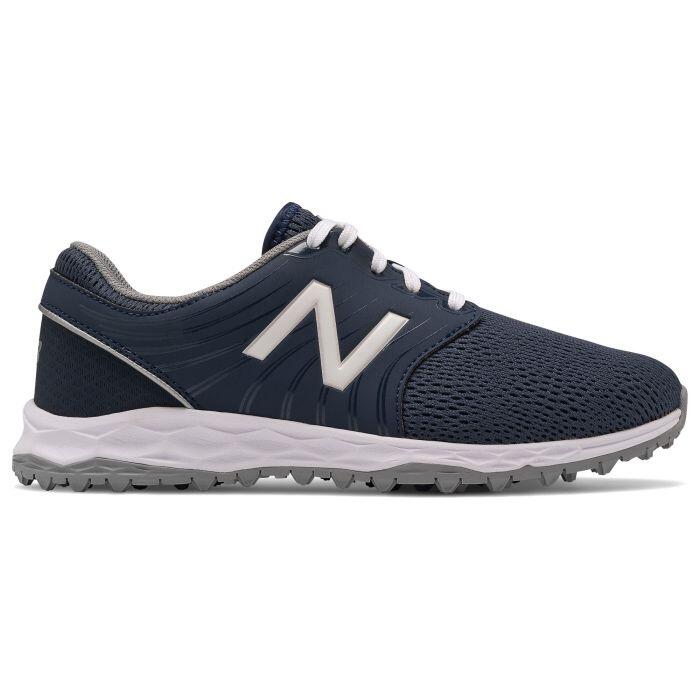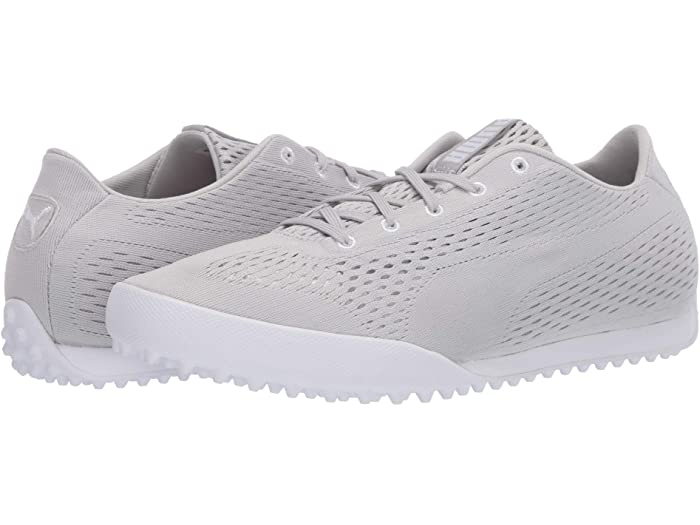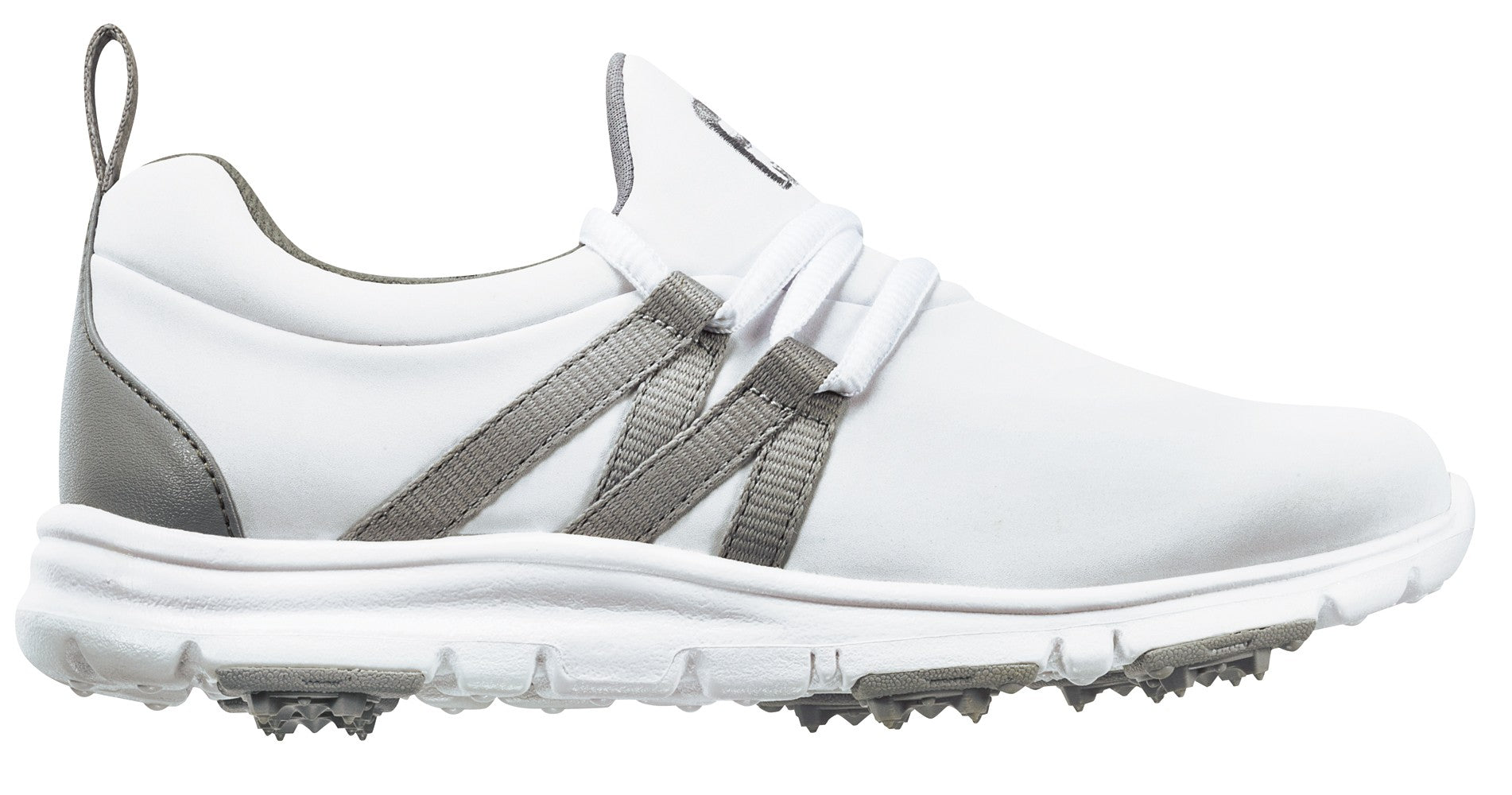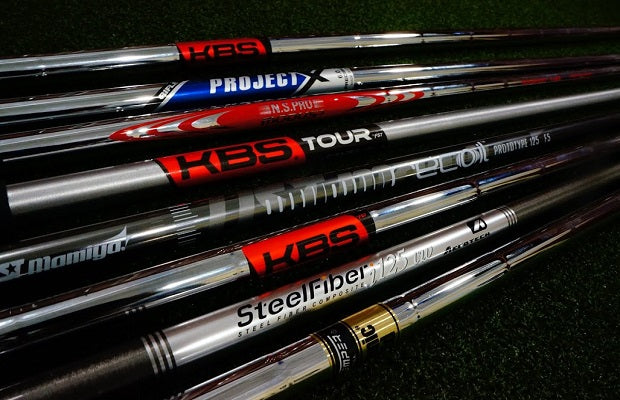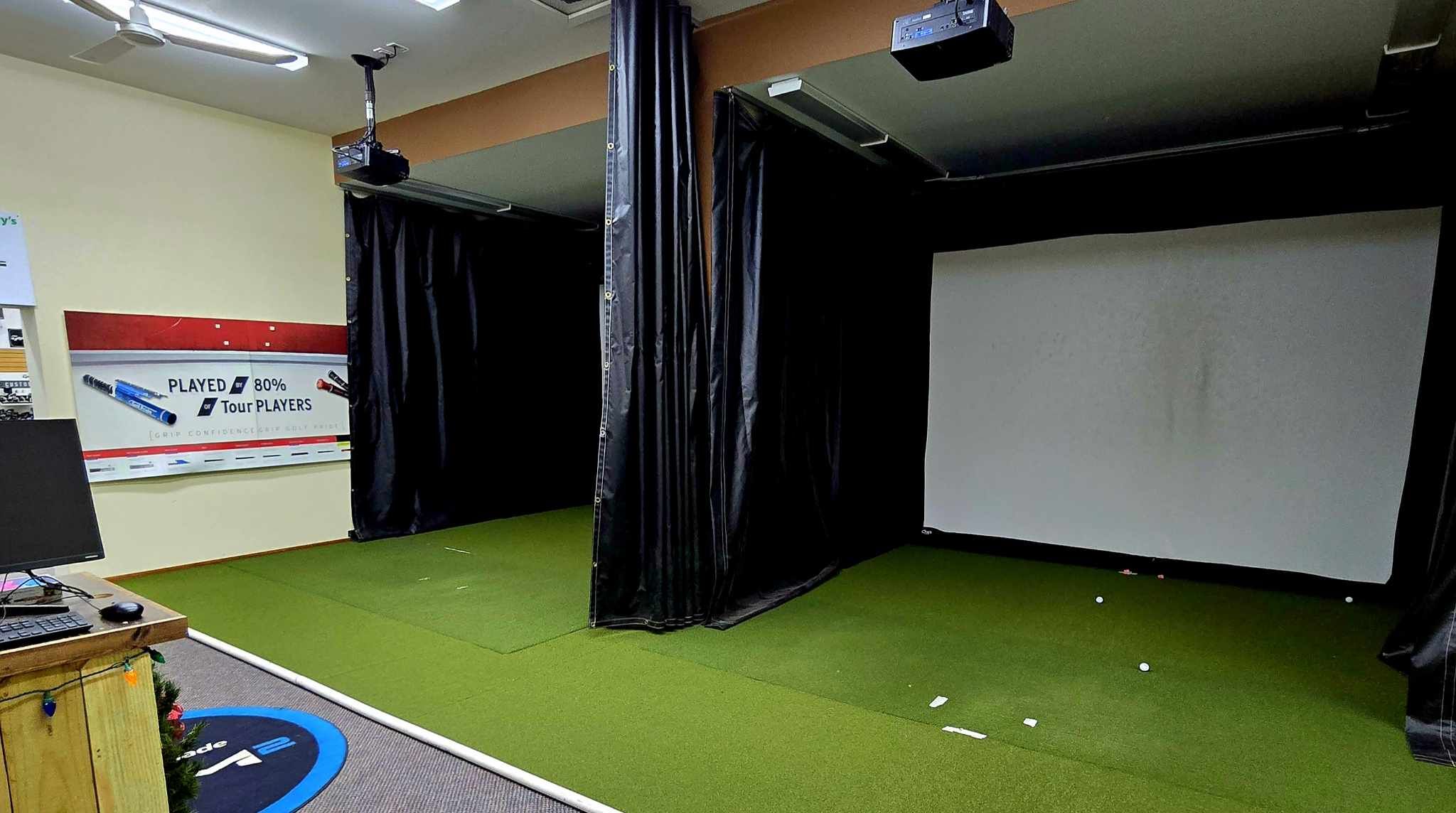Understanding Shaft Flex in Golf: A Comprehensive Guide
When it comes to golf club performance, one of the key factors that can greatly impact your game is the shaft flex. The shaft flex refers to the ability of the golf club shaft to bend during the swing. Choosing the right shaft flex is crucial as it can affect your accuracy, distance, and overall feel.
The Basics of Shaft Flex
Shaft flex is typically categorized into different levels: extra stiff (X), stiff (S), regular (R), senior (A), and ladies (L). These flex ratings indicate the amount of bend the shaft allows during the swing, with extra stiff having the least amount of flex and ladies having the most.
It's important to note that the optimal shaft flex for you depends on your swing speed and tempo. A golfer with a faster swing speed will generally benefit from a stiffer shaft to control the ball flight, while those with a slower swing speed may require a more flexible shaft for added distance.
How Shaft Flex Affects Your Game
Choosing the right shaft flex can have a significant impact on your game. Here's a breakdown of how different flexes can affect key aspects of your performance:
- Accuracy: A stiffer shaft can help control the clubface and reduce the likelihood of a hook or slice.
- Distance: For golfers with a faster swing speed, a stiffer shaft can help transfer more power to the ball, resulting in increased distance. On the other hand, a more flexible shaft can assist golfers with slower swing speeds in maximizing distance.
- Feel: The right shaft flex can enhance the overall feel and feedback you get from the club. It's important to find a flex that suits your swing style and provides the desired level of feedback.
Factors to Consider
When selecting a shaft flex, it's crucial to consider the following factors:
- Swing Speed: Determine your swing speed using a launch monitor or by consulting a professional club fitter. This will help you understand whether you fall into the category of slow, moderate, or fast swing speed.
- Swing Tempo: Pay attention to the rhythm and tempo of your swing. Golfers with a smooth and rhythmic swing may benefit from a softer shaft flex, while those with a quick and aggressive swing may require a stiffer flex.
- Ball Flight: Consider your desired ball flight. If you tend to hit the ball high, a stiffer shaft can help bring the trajectory down. Conversely, a softer flex can assist in launching the ball higher.
- Personal Preference: Ultimately, your personal preference should also play a role in selecting the right shaft flex. Experiment with different flex options to find the one that feels most comfortable and suits your playing style.
Conclusion
Understanding shaft flex is essential for optimizing your golf club performance. By selecting the right shaft flex based on your swing speed, tempo, and personal preferences, you can improve your accuracy, distance, and overall feel on the course. Don't hesitate to consult a professional club fitter for expert guidance in determining the perfect shaft flex for your game.


